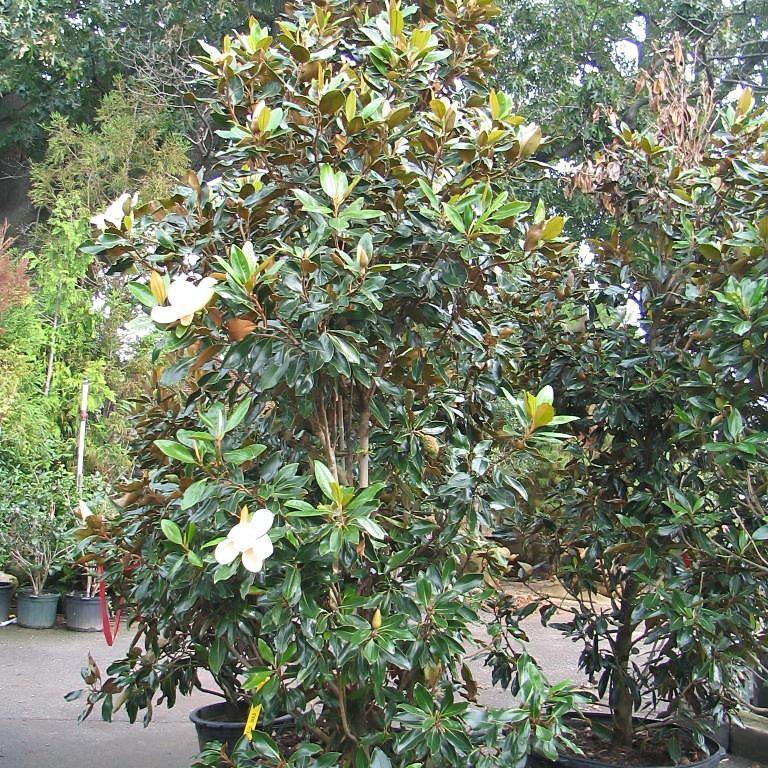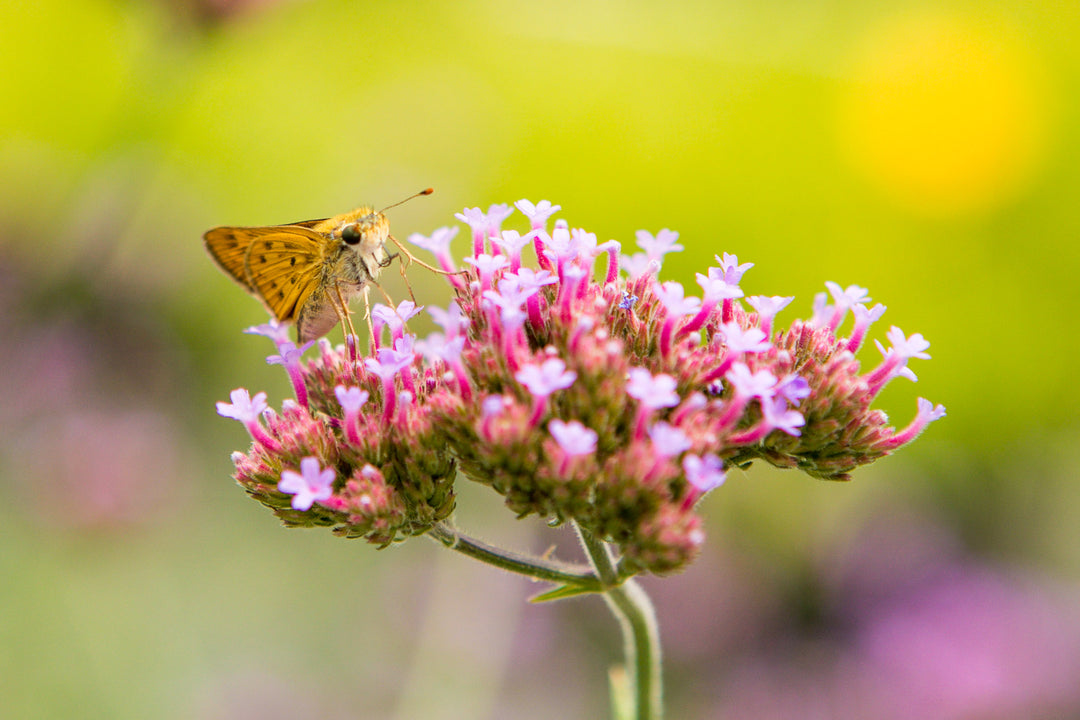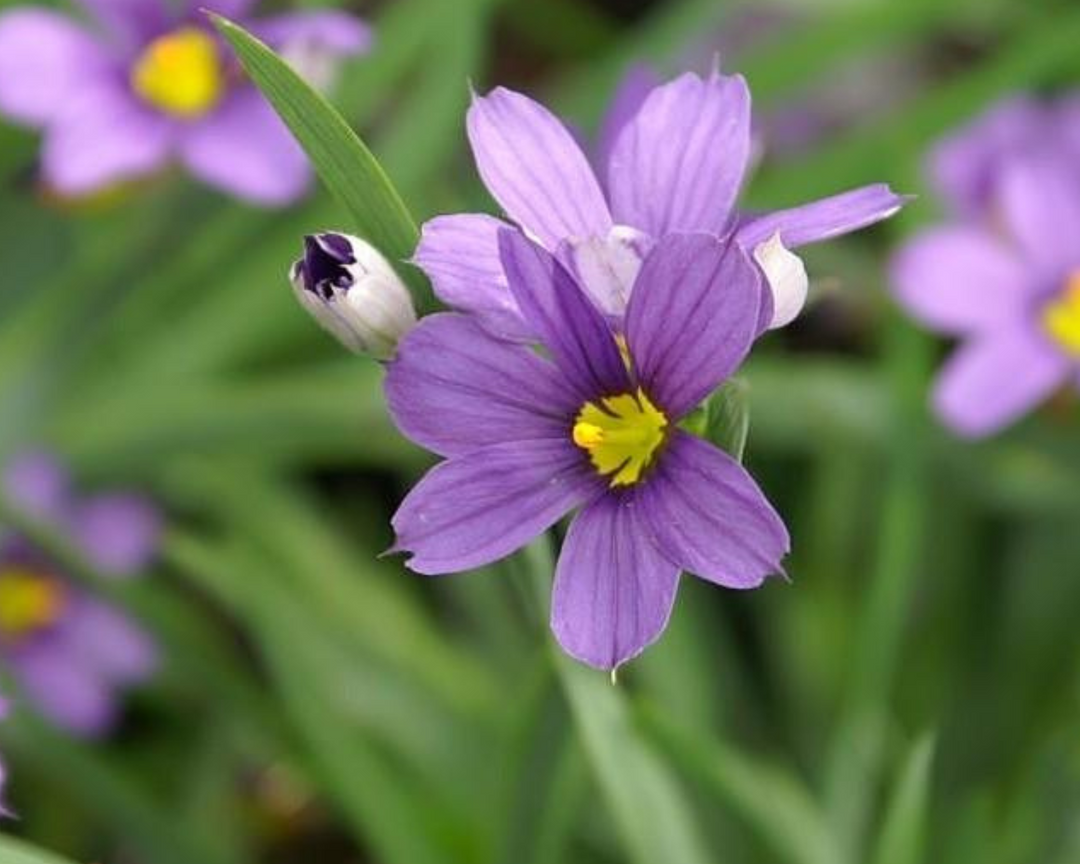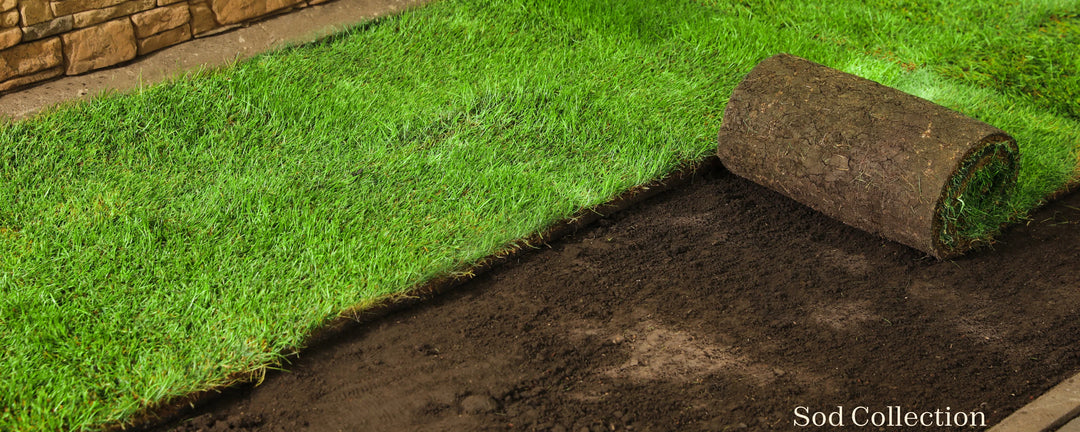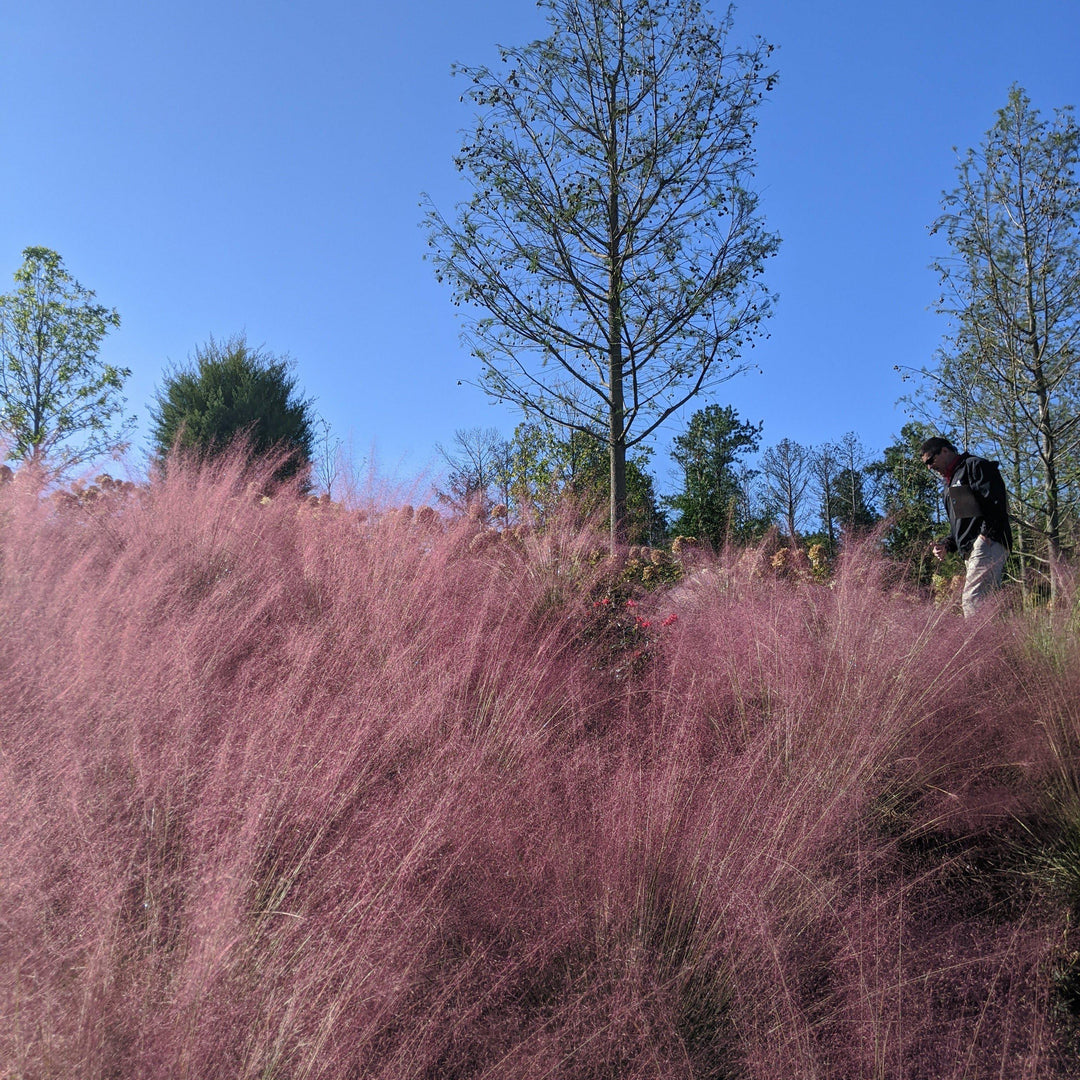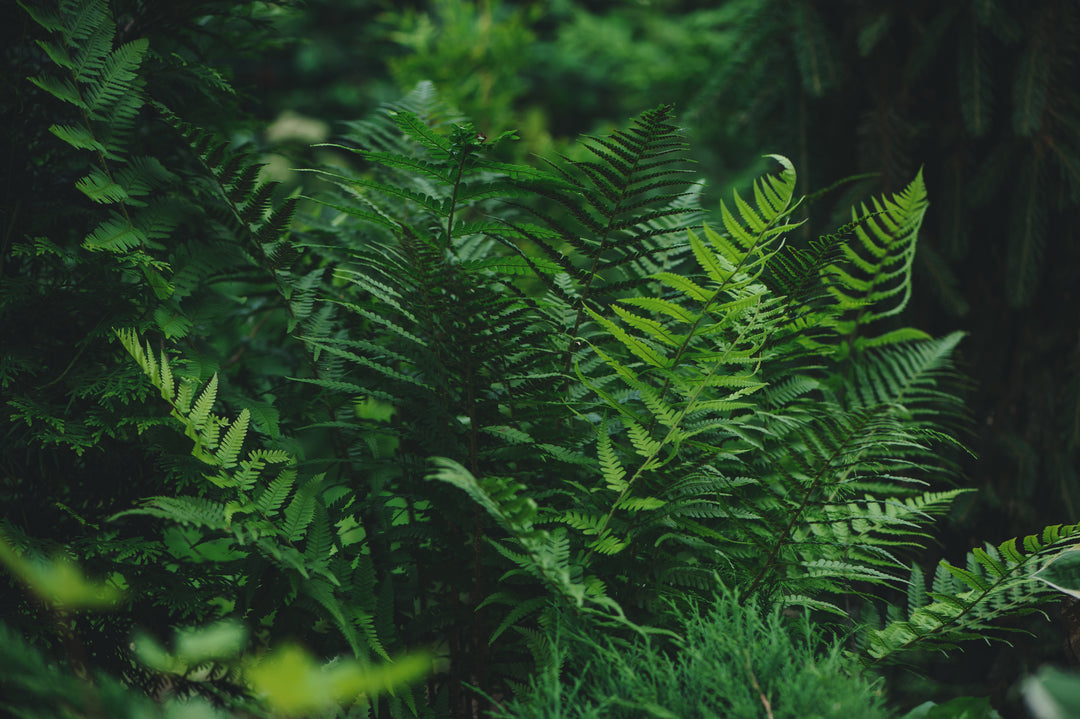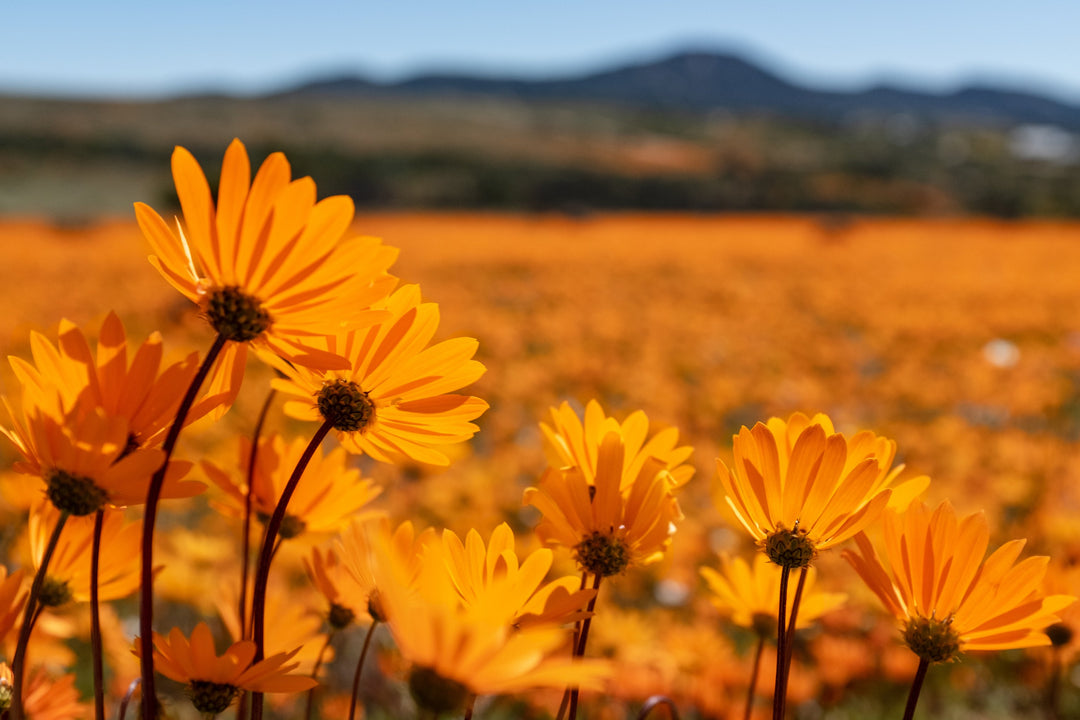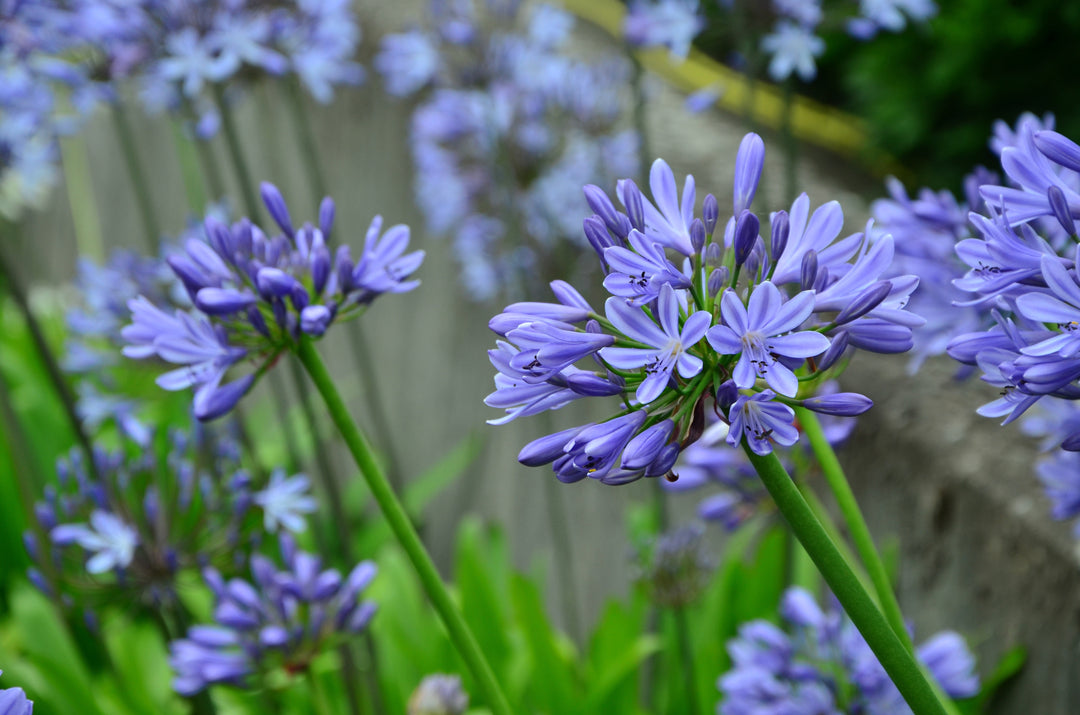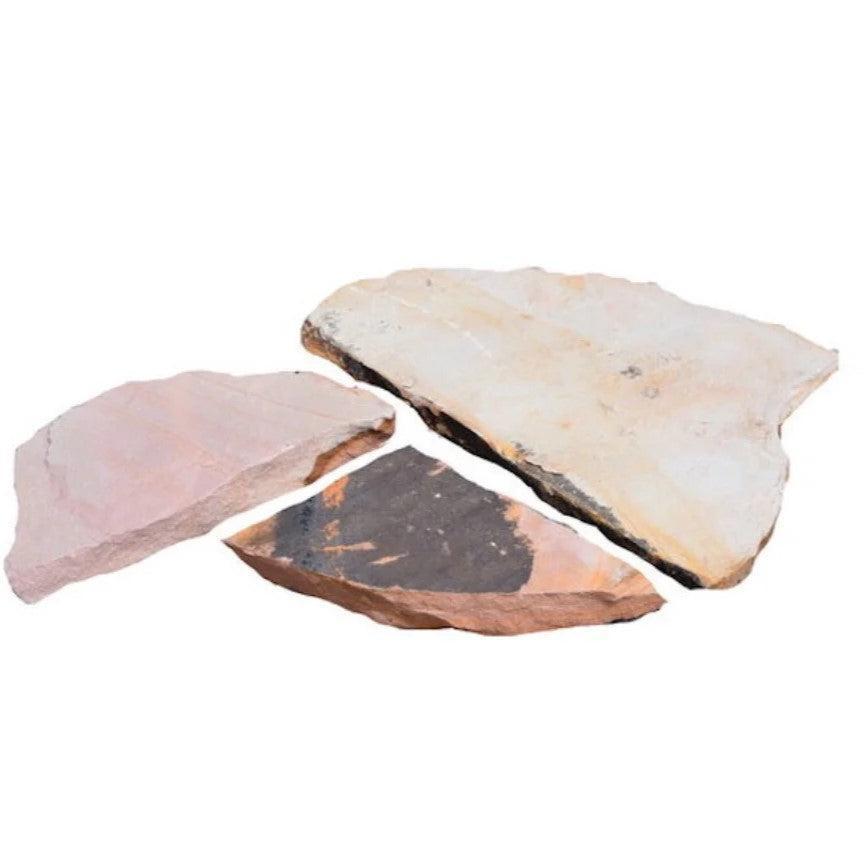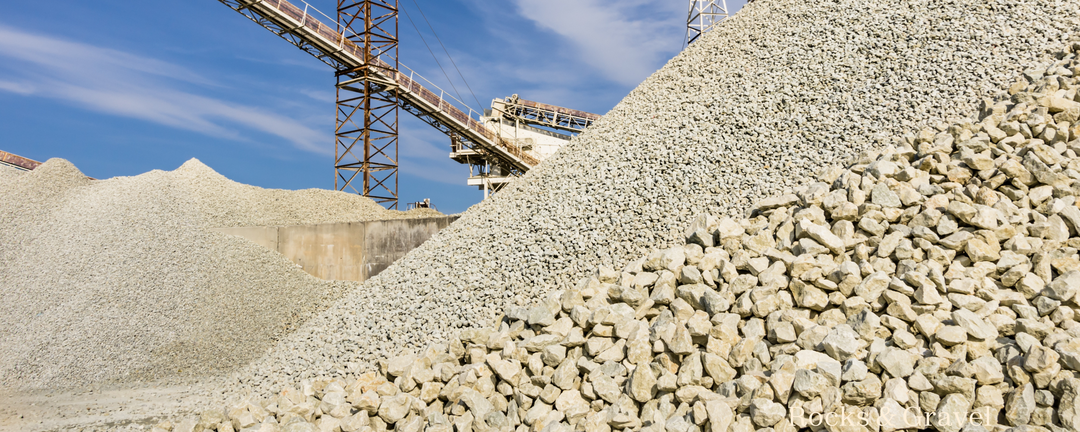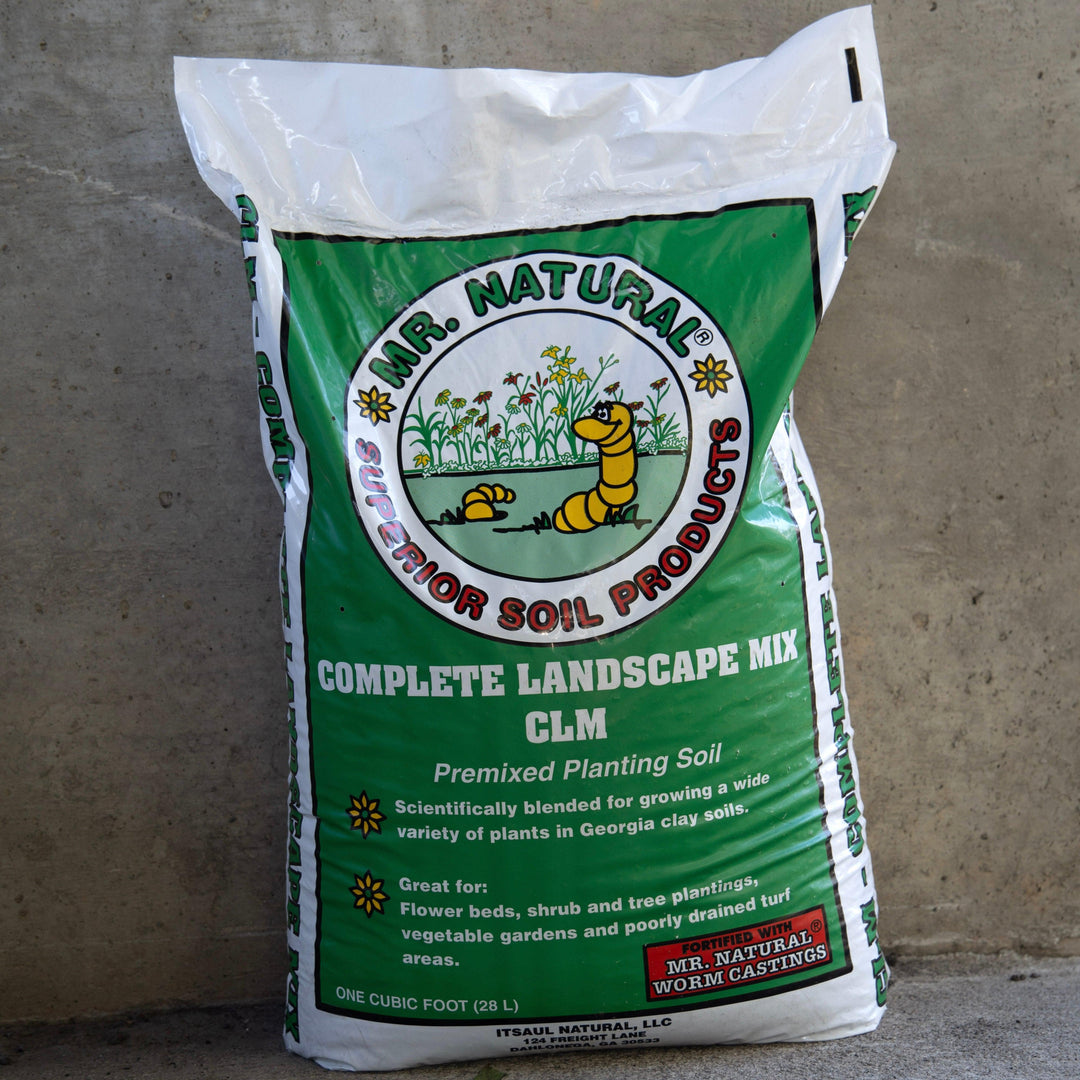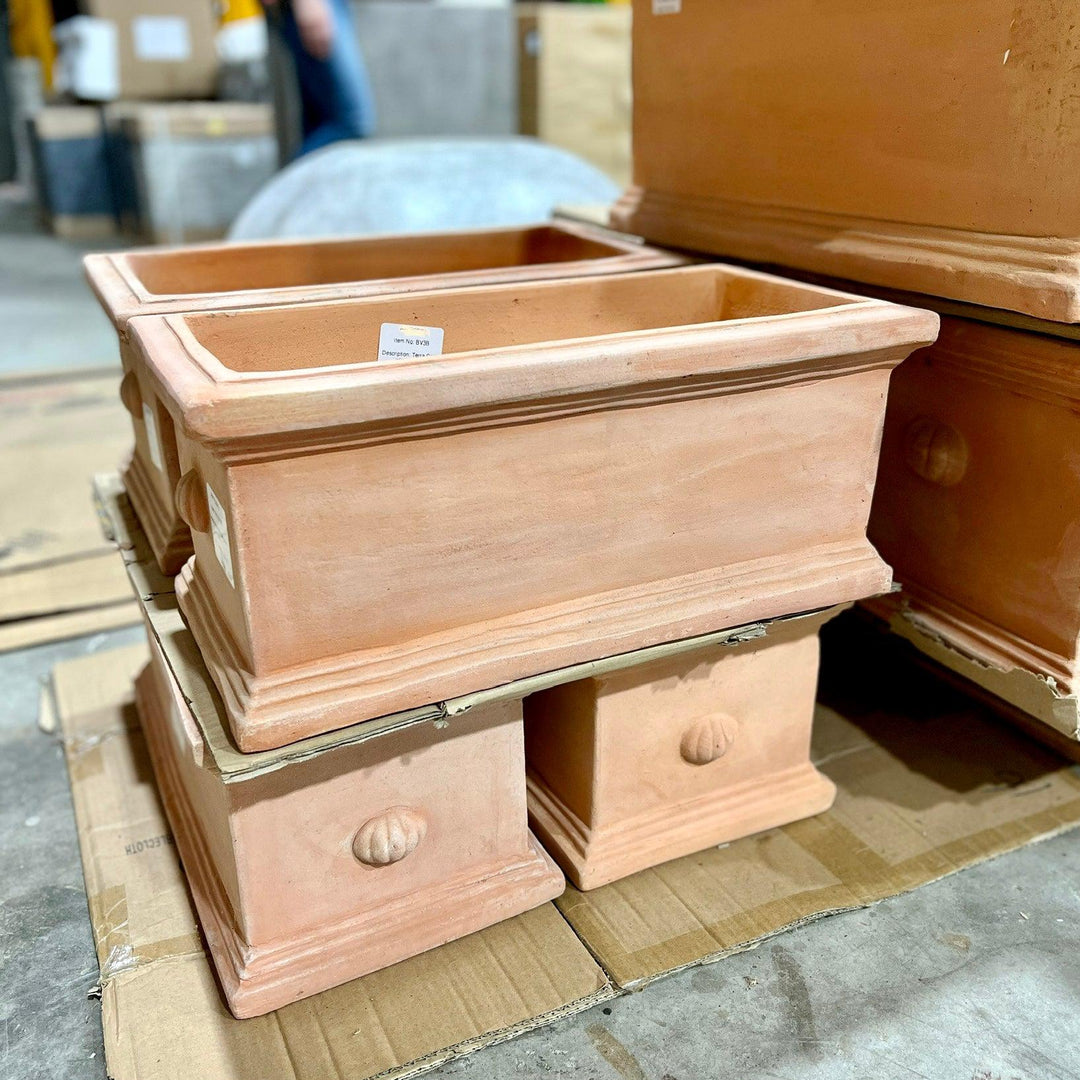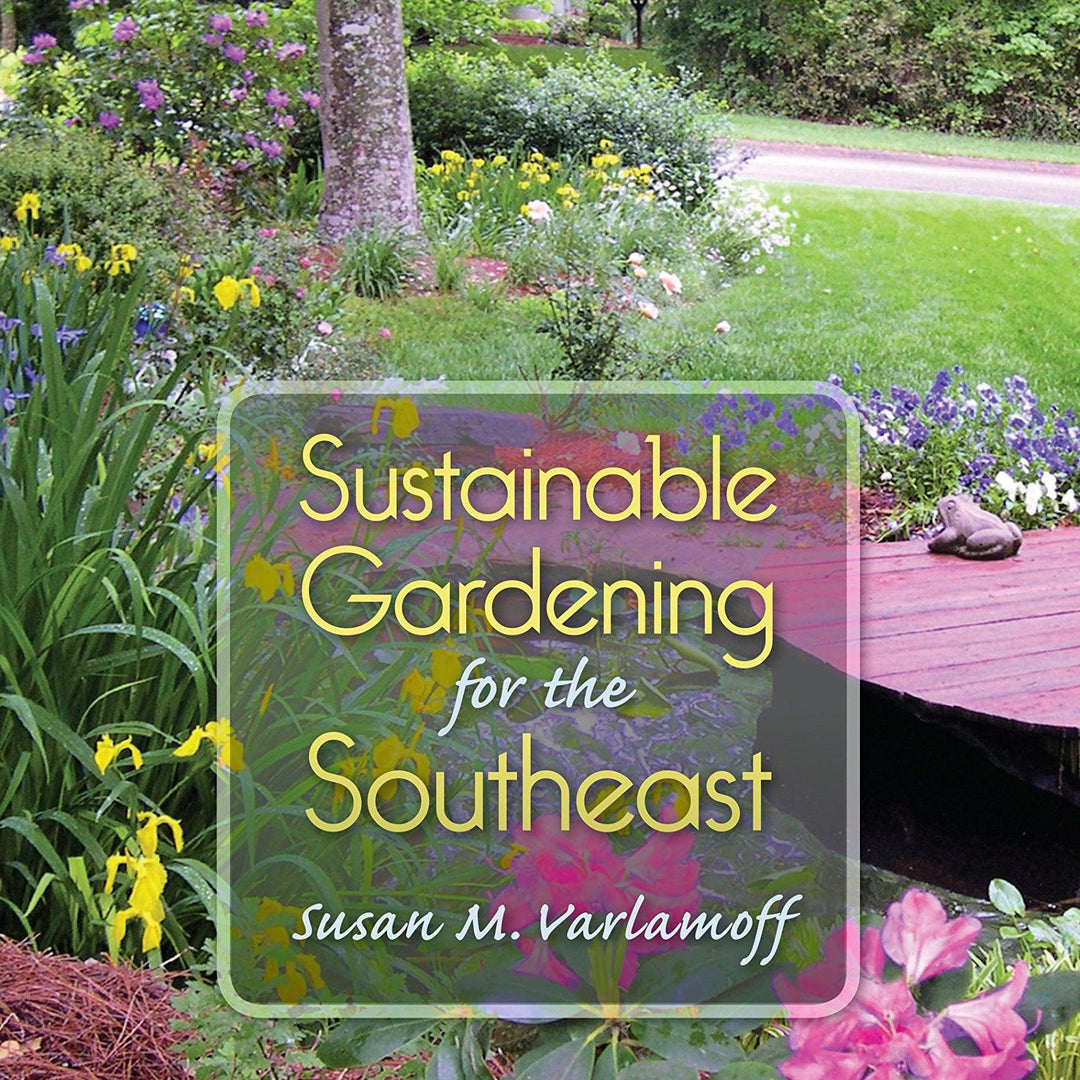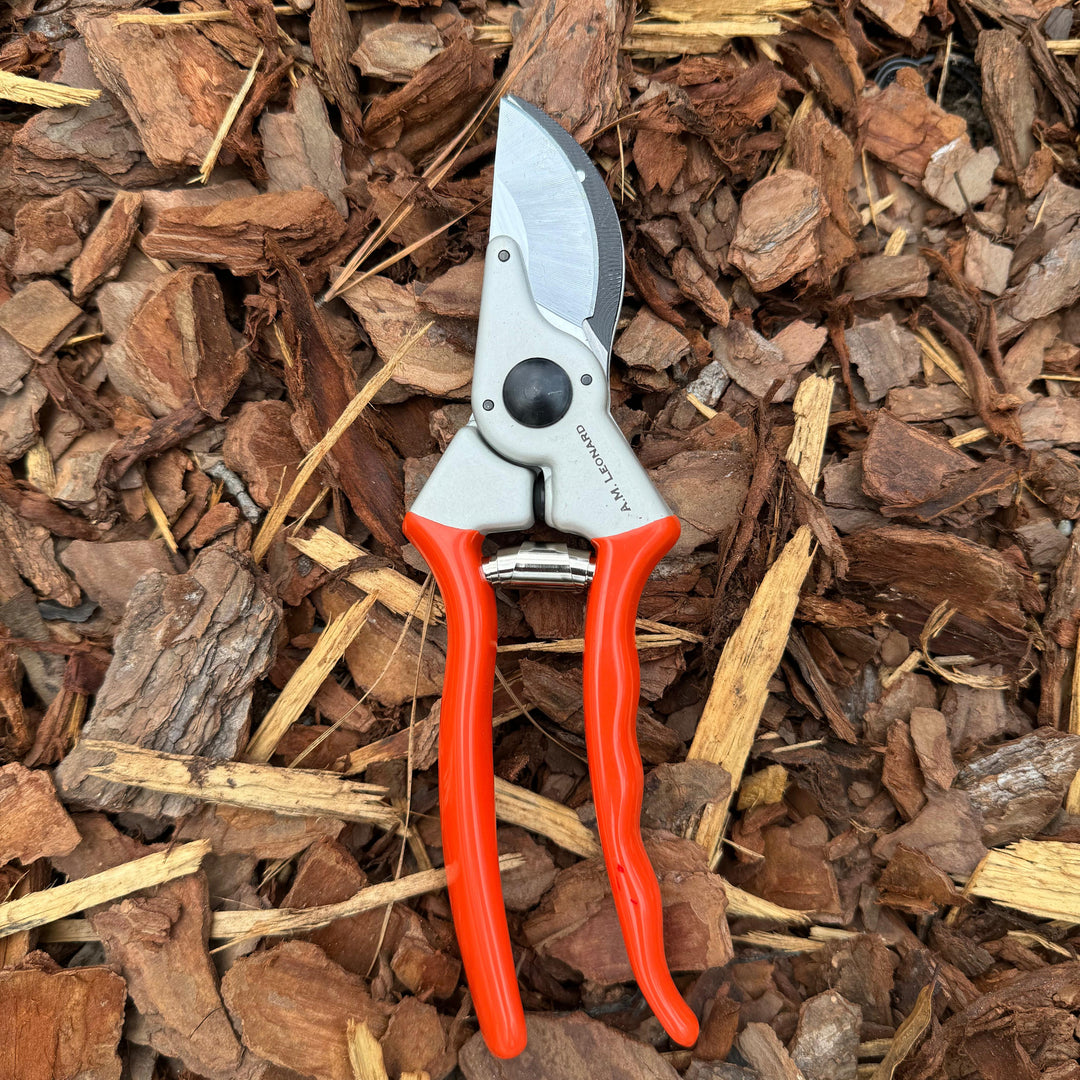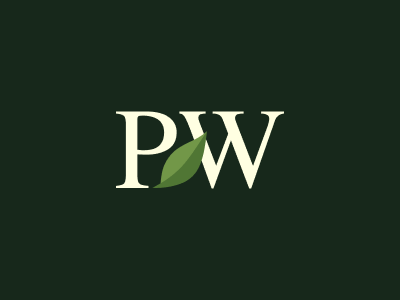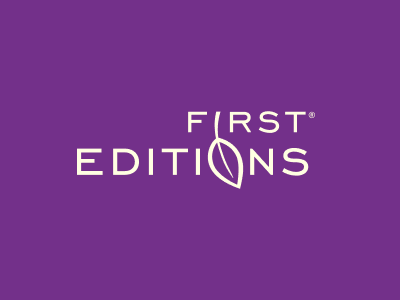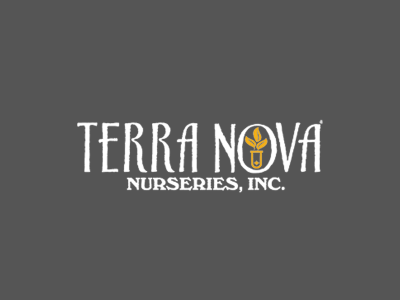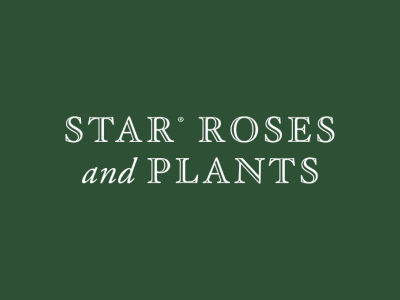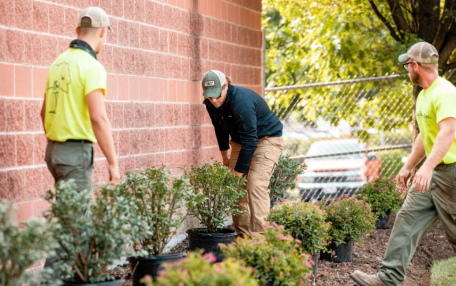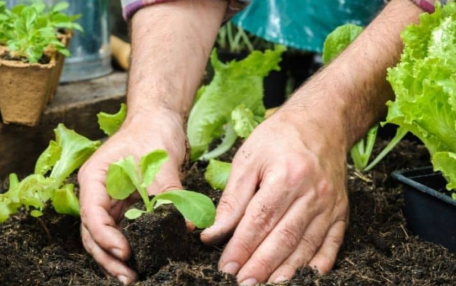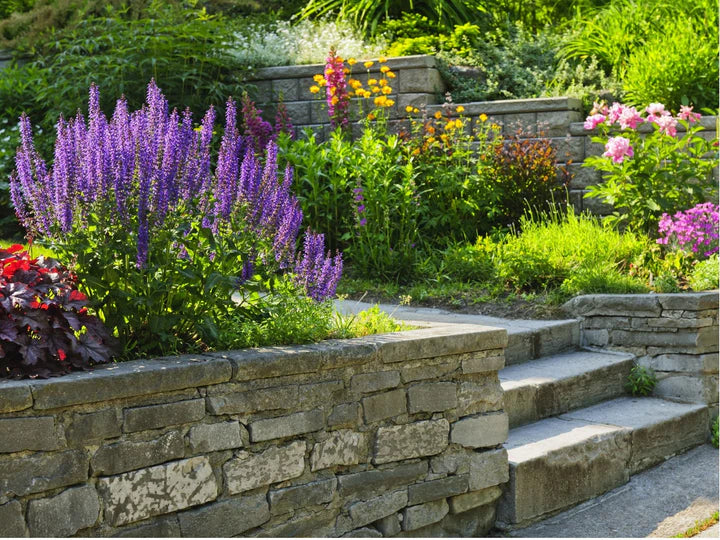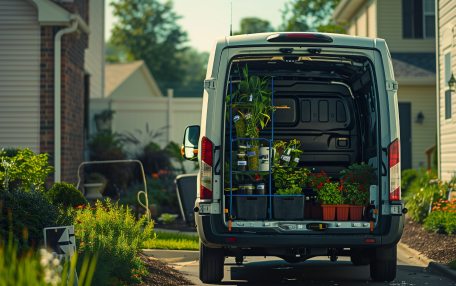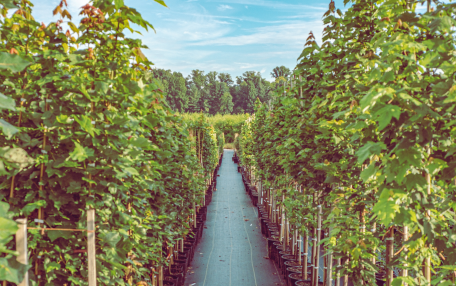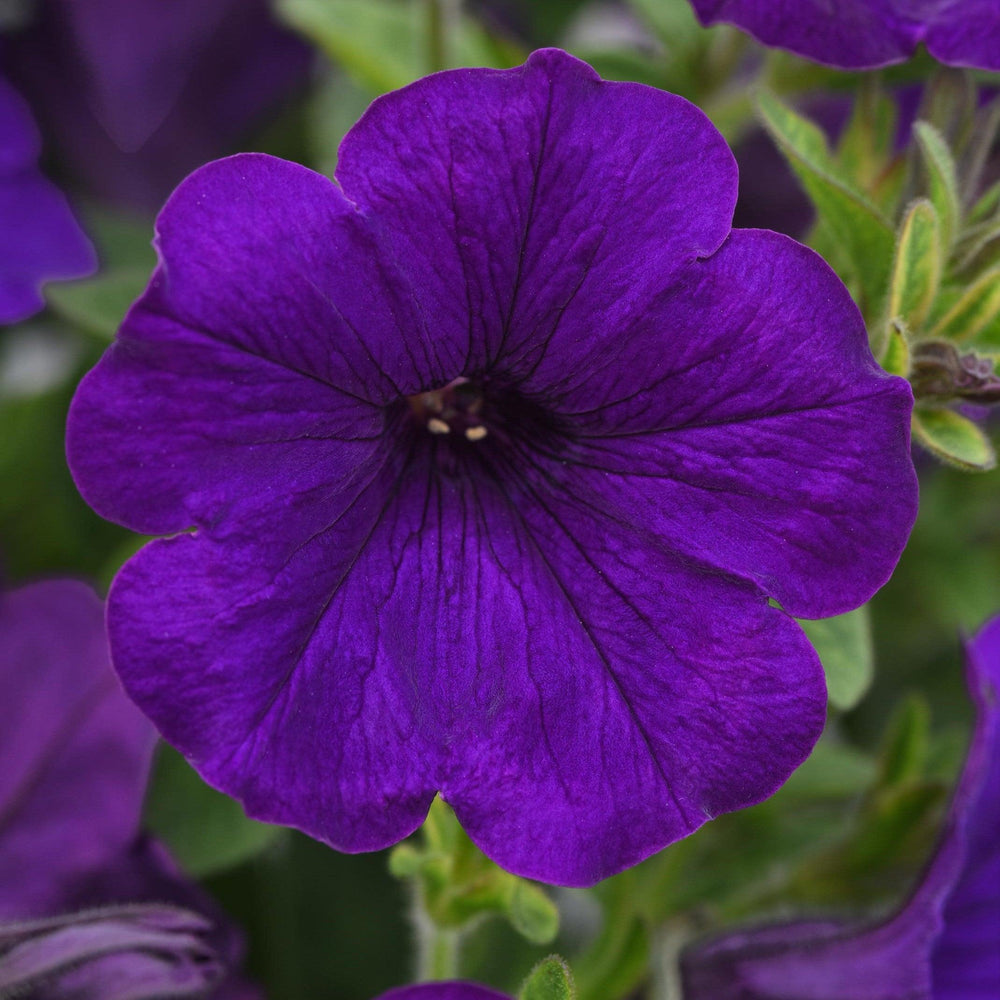Understanding the Updated USDA Hardiness Zones and What It Means for Your Garden
The United States Department of Agriculture (USDA) has recently unveiled an updated Plant Hardiness Zone Map, which is a valuable tool for gardeners and landscapers to determine which plants are most likely to thrive in a specific location. The map is based on the average annual minimum winter temperature, divided into 10-degree Fahrenheit zones.
For our friends in Georgia, South Carolina, and North Florida who are part of the ServeScape delivery areas, this update is particularly important. Let's take a closer look at what these changes mean for you.
Updated Hardiness Zones
The updated USDA Hardiness Zones for our delivery areas are as follows:
- Georgia: Delivery Zones 8a to 9a
- South Carolina: Delivery Zones 8a to 8b
- North Florida: Delivery Zones 9a
These zones are based on the updated map found on the USDA's Plant Hardiness website.

Implications for Your Garden
This update indicates there has been a decent change in the hardiness zones of our area since the last update of the map in 2012. Understanding your hardiness zone is crucial for successful gardening. It helps you choose the right plants for your landscape, ensuring they can survive and thrive in your local climate conditions.
With Zones 8a to 9a, gardeners can enjoy growing tropical and subtropical plants that can't survive in colder climates, such as citrus, and several plants that are traditionally sold as Annuals such as lantanas can survive through the winter.
While not as common, growing plants in zones warmer than suggested can still have some adverse affect- such as lack of vitality, and having less or being slow to flower or fruit, for example. Particularly for those in the northern Georgia area that was previously listed as zone 7, this may have been a frustration!
Remember, these are just general guidelines. Other factors such as soil type, sunlight, and water availability also play a significant role in plant health and survival. You can look up your zone on this new map using your zip code or city here.
Conclusion
The updated USDA Hardiness Zones provide a more accurate guide for gardeners and landscapers in selecting plants that will thrive in their specific location. By understanding your zone, you can create a more vibrant, healthy, and resilient garden. Happy planting!
Plant Joy! 🌿

